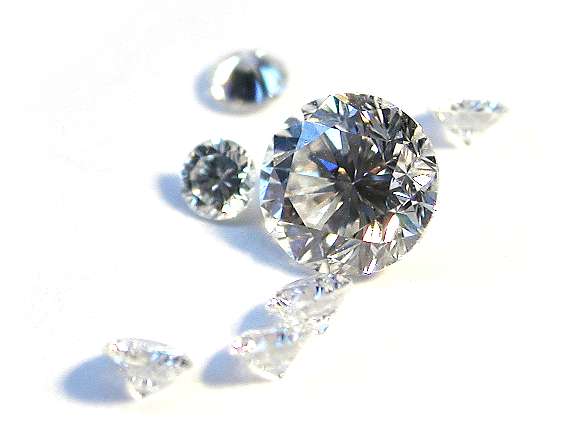One of the major ways of finding out about the universe is to smash particles together and look at what particles leave the collision. To do this amongst other things, such as monitoring nuclear reactors, you need to detect these particles.
The normal way of doing this is to get a piece of silicon where all the electrons are stuck to their atoms, so it doesn't conduct electricity well. If a particle hits the detector it will knock electrons off the silicon atoms, this increases the conductivity so will produce a pulse of current. This can then be detected.
There are two main problems with silicon detectors - the silicon structure is not especially strong and can get damaged by the radiation; and it doesn't take very much energy to knock an electron off an atom, which means that it will happen all the time due to thermal vibrations. To minimise this the detectors have to be cooled to -200°C which can be difficult.
Diamond detectors have a solution: instead of using silicon, use carbon. Carbon is above Silicon in the periodic table so has similar properties, however it has to be in the form of very pure diamond to work. Diamond is renouned as being very strong, so the damage is less of an issue, and it takes more energy to knock an electron off an atom, so there is much less noise. So much less noise that you can run the detector at 100°C. Diamond detectors have been installed in the new Large Hadron Collider in CERN which should be operational by the end of the year.
- Previous Sixth Sense for Submarines
- Next Can You Do Better Than NASA?










Comments
Add a comment